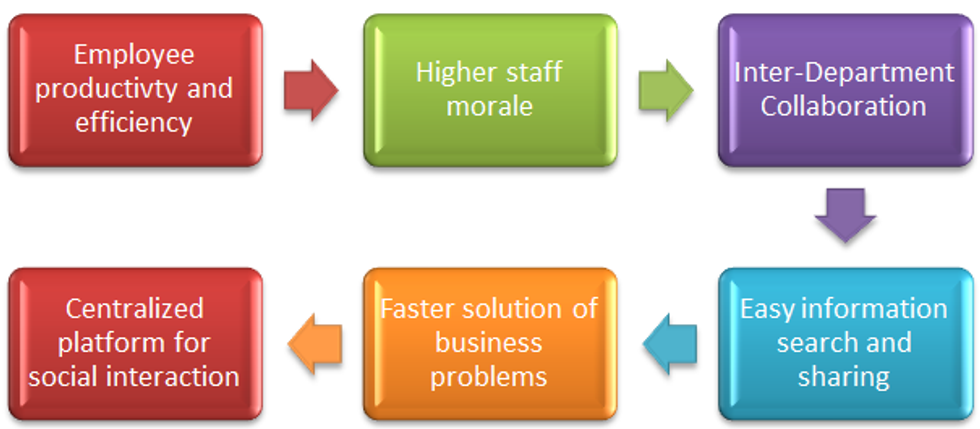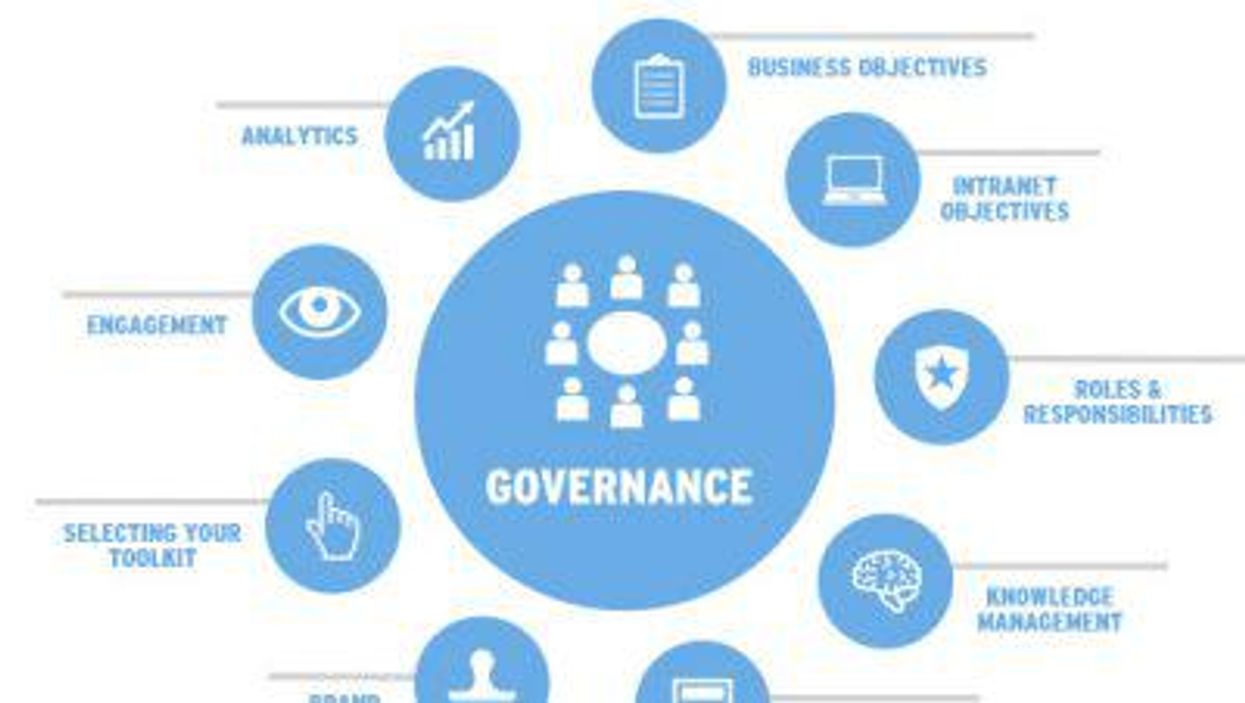When your office workforce pivoted from onsite to remote was it difficult to make sure employees received the same detailed communication? Did employees realize that all of the information they had when they were onsite wasn’t readily available when they were remote? Did your new employee receive a laptop, but there was little to no training documentation for him/her?
If your organization relies on share drives, hard copy documents, and copious emails, then you’re not taking advantage of your intranet. An intranet is a great one-stop-shopping tool to improve internal communication and collaboration (and potentially build a more transparent and positive culture). Relevant information can be posted on the intranet providing numerous benefits such as making announcements timely, centralized storage of data, and sharing best practices with others. For example, have a CEO/president's blog where they can post every 1-2 weeks with informative and engaging content.
7 Things To Consider When Building Your Company Intranet

Source
When building or upgrading your intranet, you’ll have a site map but don’t forget to define the processes and practices. Seven (7) key considerations are:
1. SharePoint is one tool—especially if employees are already using and are familiar with the Microsoft toolset; there are specific widgets for calendars, picture galleries, real-time feeds, social media links, etc.
2. Design and customize the intranet to appeal to all employees (from baby boomers to Generation Z). Ask the employees what type of widgets would make it more relevant and meaningful for them—maybe a blog, podcast, Craig's List, and/or Wiki. Employee engagement will lead to better adoption!
- A CEO/president that consistently shares valuable insights in their blog will show employees that he/she is authentic, open, and accessible
- Give employees a voice and the ability to collaborate and post content too
3. Create naming conventions for documents, forms, etc. (such as using a department prefix). Encourage unique document names that are intuitive for employees to find them. Using a date stamp in the footer and turning on versioning will identify which is the current version.
4. Create online forms (if possible) and automate workflows (if possible). Online forms with a workflow (such as a PTO request) will automate processing including approval/rejection, and escalation if the supervisor is out of the office.
5. Don’t make security overly complicated. Start off by giving everyone read-only access, and then restrict access for specific sites, pages, libraries, etc. as needed.
- Decentralized site ownership—train at least two individuals from each department to be department site administrators; same for project and community sites—train at least two individuals to be site administrators
6. If you have shared drives and want to eliminate them:
- Review all of the existing drives/documents
- Purge if drives/documents are old and not needed, duplicates, or past retention schedule date; an exception is any documents on legal hold for pending litigation
- Otherwise, if the document is current and relevant, move it to the intranet (following the naming convention)
7. And last but not least...
- Set up kiosks so that employees who don’t sit at a desk can access the intranet
- Have a contest asking employees to give the intranet a name; give the winner a prize
- Have a scavenger hunt when you go live to help employees get familiar with the intranet layout; give the winners prizes

Source
An intranet that is well-designed will be well-adopted and benefit the entire organization—specifically improving communication and collaboration. Employees will appreciate the organization having more transparent communication which will promote a more positive culture.
For more information on using your intranet to improve communication and collaboration, follow me on LinkedIn!
From Your Site Articles
Related Articles Around the Web


















